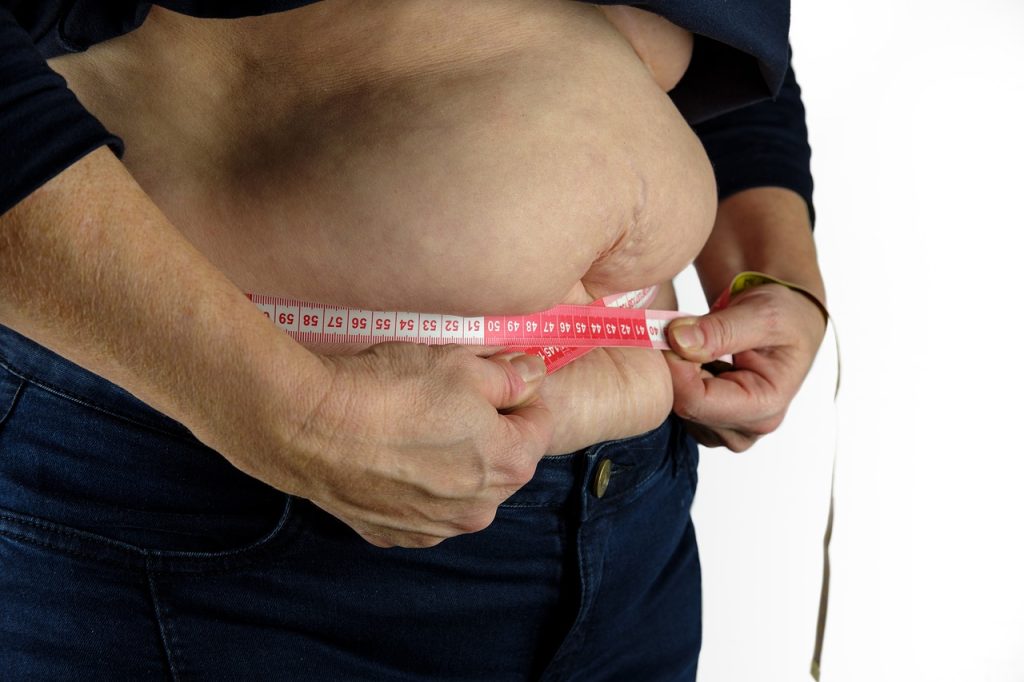Study Untangles the Complex Relationship Between Cannabis and Binge Drinking

Binge drinking is most common among younger adults, and using cannabis during late adolescence or early adulthood is known to increase the risk of engaging in binge drinking. Now, new research from the Arizona State University Department of Psychology shows that this increase in risk of binge drinking from cannabis use varies with age, peaking around age 20.
“We found that during ages 18 to 20, cannabis motivates people to binge drink more often, while later in adulthood, around age 24, it motivates them to binge drink less. This dichotomy has consequences for prevention and treatment efforts,” said Jack Waddell, assistant professor of psychology at ASU and first author on the study.
The study used cannabis use and alcohol consumption data from the National Consortium on Alcohol and Neurodevelopment in Adolescence, a long-term study of over 500 participants with sites in California, Oregon, North Carolina and Pennsylvania. The work was published in Alcohol Clinical and Experimental Research.
Not just one substance
Waddell described the interaction of cannabis use and alcohol consumption as a complex relationship.
He has previously found that individuals who use both alcohol and cannabis report higher rates of substance use disorder than those who use just one. Yet, he has also found that many individuals who use both alcohol and cannabis perceive using them together as being protective against some of the negative consequences of excessive drinking.
In the current study, he and his collaborators expected using cannabis to consistently increase the likelihood of the study participants engaging in binge drinking, not for it to flip from enabling excessive drinking in late teens and early 20s to blunting it around age 24.
“People are reducing their binge drinking but they’re switching to cannabis. This can be viewed positively from a harm-reduction standpoint, but it is important to understand that there are still a lot of risks associated with cannabis use,” Waddell said.
Digging into the dynamics of substance use
Waddell wants to understand how people end up using more than one substance, and to do this, he plans to study how people think about and use substances on a day-to-day basis.
“What is it that motivates the transition from using one substance to more than one? Is it someone’s affective experiences – their emotions and moods – whenever they’re using alcohol or cannabis that makes them want to add the other? Is it the social environment?” he asked.
Going forward, Waddell plans to use technology-enhanced momentary assessments, which are questionnaires or check-ins delivered by push notification on an app or text message, to study people’s behavior in the moment.
Having a finer-grained level of access to how different kinds of substance use interact with and influence each other will lead to better treatment and prevention strategies.





